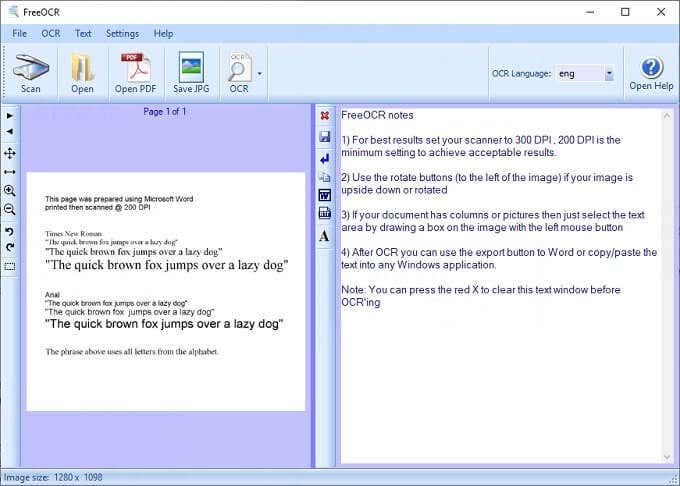


Enlarge the image 2,5 times then select background near letters using the Magic Wand tool and delete it sharpen the image using Unsharp mark filter. If there's too much noise or objects, you can enhance the image using GIMP. These can be processed as extra characters, especially if they vary in shape and gradation. Scanned pages may have dark edges around them. #7 Remove dark borders and other objects near characters Alternatively, slightly rotate the digital image using an image editor. To solve this issue, try scanning a document again so that the word lines are horizontal. If the text of a page is too skewed or rotated, it severely impacts the quality of the OCR. When a page has been scanned when not straight, it can make the text rotated. #6 Avoid text rotation or skew and make text lines horizontal This will help to avoid misinterpretation of characters. The fewer languages selected – the better.
#Japanese ocr pdf support software#
If the OCR software you're using has an option to select between languages (like DocuFreezer), select only those which are in your source documents. #5 Select only those languages that are contained in your documents You can do it using a screenshot saving tool (e.g., Lightshot) or an image editor such as Photoshop. Below an x-height of 10 pixels, you have very little chance of accurate results, and below 8 pixels letters will be "noise removed".Ī quick check is to count the pixels of the x-height of your characters (x-height is the height of the lower case height). At 10pt and 300 DPI, x-heights are typically about 20 pixels. Consider the resolution as well as point size – OCR accuracy drops off below 10pt, rapidly below 8pt (with resolutions 300 DPI). There is a minimum text size for reasonable accuracy. For the best results, try to make sure the text height is at least 20 pixels. The recommended text size in the scanned documents is 10 points or higher. #4 Increase the text size of the source images Adjust high contrast in such a way that characters are distinctive. When using a scanner (or an image editor if there is no way to scan the document again), you can adjust gamma and contrast to get clearer outputs. #3 Enhance the contrast of imagesĬontrast and density are vital factors to consider before OCR'ing an image. Therefore, select a lossless file format, such as TIFF or high-quality PDF when scanning the source file. If you scan to a TIFF without compression, no image information (roughly speaking, pixels) will be lost. To let OCR software extract text more precisely, choose a lossless file format, e.g., TIFF. #2 Select a lossless output format when scanning With high image resolution, OCR engine should be able to recognize high contrasts, character borders, pixel noise, and aligned characters. Preferably, scan at 600 DPI to capture as much image information as possible. One of the most significant factors is DPI (Dots per Inch). #1 Improve the quality of the source images The OCR results are considered to be good if the recognized text is 98-99% accurate (1-2% of OCR incorrect).īelow are some tips which will help you achieve better OCR results. Understanding the limitations of the OCR process can help you assist the OCR engine in producing more accurate results. Short advice here is to make sure that the input files have high quality – large format and high resolution. Additionally, you can add in human reviews with Amazon Augmented AI to provide oversight of your models and perform reviews for sensitive data.Text may be incorrect or corrupted after conversion with OCR. Textract can extract the data in minutes vs. You can quickly automate document processing and take action on the information extracted whether it be automating loans processing or extracting information from invoices and receipts.
#Japanese ocr pdf support manual#
To overcome these manual and expensive processes, Textract uses machine learning to read and process any type of document, accurately extracting text, handwriting, tables and other data without any manual effort. Today, many companies manually extract data from scanned documents like PDFs, images, tables and forms, or through simple OCR software that requires manual configuration which often times requires reconfiguration when the form changes.

Amazon Textract is a machine learning service that automatically extracts text, handwriting and data from scanned documents that goes beyond simple optical character recognition (OCR) to identify, understand, and extract data from forms and tables.


 0 kommentar(er)
0 kommentar(er)
